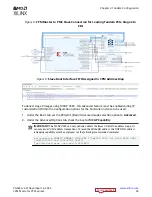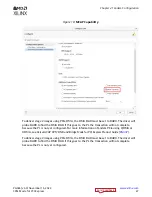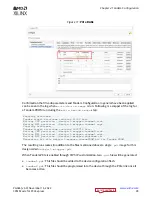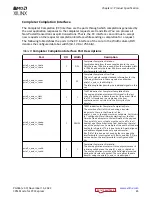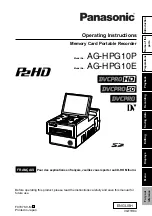
• For the Versal architecture, CPM Tandem PROM configuration can be used with post
configuration flash update. This is different from previous (Ult and older) architectures
that did not support Tandem PROM post configuration flash update. Given the lack of dual-
mode configuration pins, there is no PERSIST requirement to keep a configuration port active.
• Tandem Configuration is compatible with most Dynamic Function eXchange (DFX) solutions
but this capability is not yet implemented as of Vivado 2022.2. Care must be taken to keep
any DFX Pblock away from the PS-PL boundary where soft logic associated with the CIPS is
placed.
• At this point there is no “Tandem with Field Updates” predefined use case. You can create a
“ DFX” solution noted above where both features are enabled in the same design,
but creation of the design hierarchy and floorplan as well as insertion of any decoupling logic
are the responsibility of the designer. The dynamic (DFX) portion of the solution would be
limited to programmable logic and NoC resources, and not parts of the Scalar Engines
(processors).
• The CPM itself (and therefore Tandem Configuration) is not compatible with the Classic SoC
Boot flow, which utilizes DFX to separate PS and PL configuration events. This is because the
CPM solution requires soft logic for most configurations and thus the DFX region cannot be
constructed to include all of the programmable logic.
• No support is planned for Tandem Configuration for PL-based PCIe sites. The complexity and
inefficiency of such a solution in Versal ACAP makes it very difficult to meet the 120ms goal
for Tandem PROM and impossible for Tandem PCIe. If compliant link training is a fundamental
requirement, be sure to use a device with the CPM and enable the Tandem feature within
CIPS customization.
Chapter 2: Tandem Configuration
PG346 (v3.3) November 16, 2022
CPM Mode for PCI Express
37




